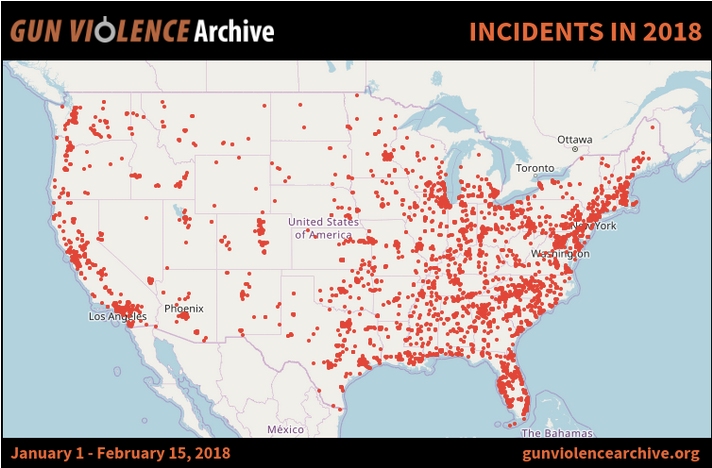. . .
Assault weapons were restricted for 10 years by federal law — a law that was allowed to lapse in 2004. Included in that legislation was a restriction on large-capacity bullet magazines: those holding more than 10 rounds. (Today, seven states retain similar restrictions.)
The absence of comprehensive record-keeping and the apparent ease by which a teenager obtained and displayed firearms long before the shooting also suggest lapses in existing policy.
Our own past suggests that these are not new problems.
On another St. Valentine’s day 89 years ago, seven Chicago gangsters in the employ of Bugs Moran were murdered by four members of a rival gang led by Al Capone. The four, dressed as police officers, lined up the seven against a wall and executed them. The resultant public outrage, riding a crescendo of national dismay over rising criminal violence, helped fuel growing public pressure for gun laws to stem the use of what were then called “gangster weapons” in crime. From 1927 to 1934, at least 27 states enacted laws to bar fully automatic weapons such as the notorious Tommy gun, and other gangster weapons such as sawed-off shotguns. During the same period, between seven and 10 states enacted laws that severely restricted or even barred semiautomatic weapons — weapons that fired in the same manner as AR-type weapons of today.




